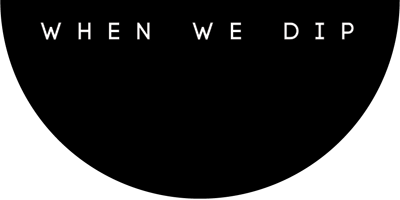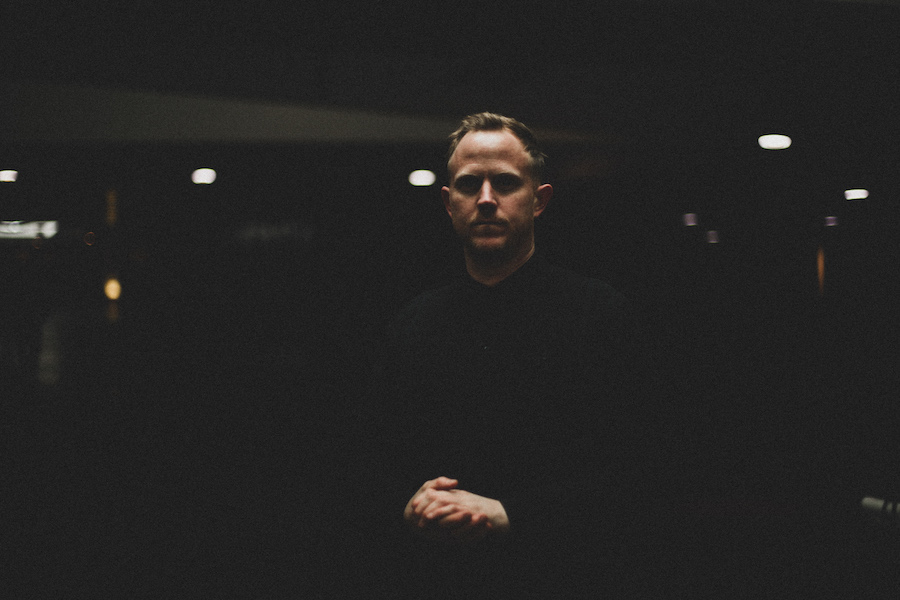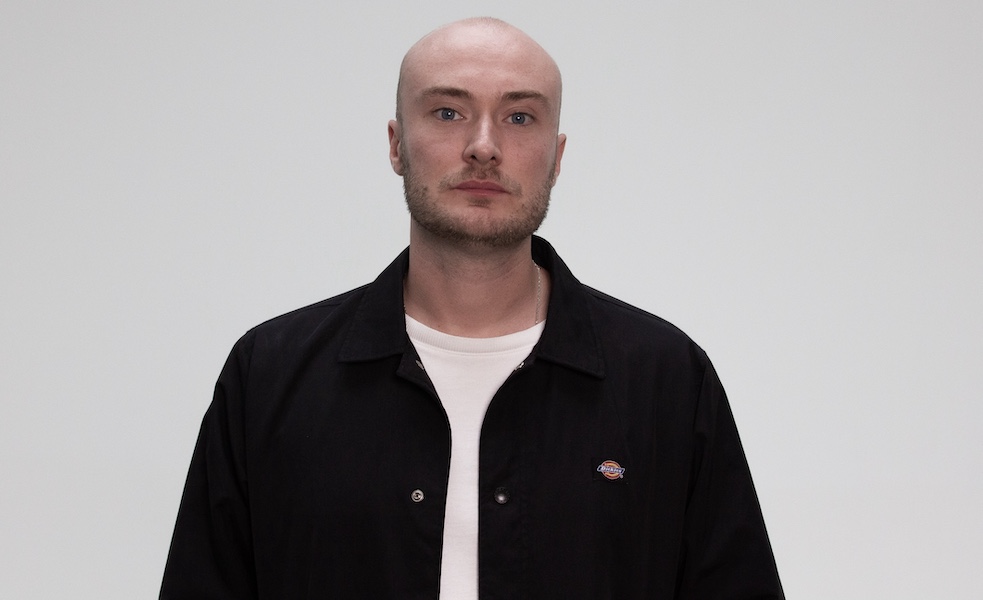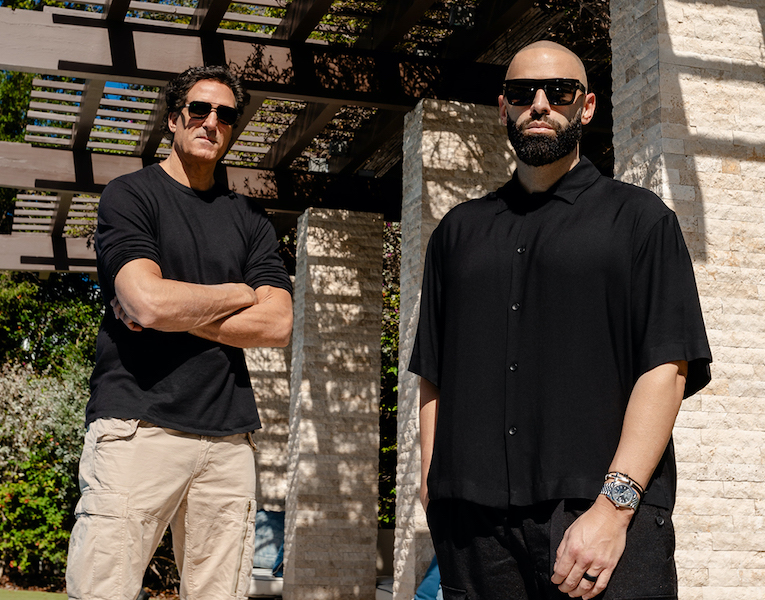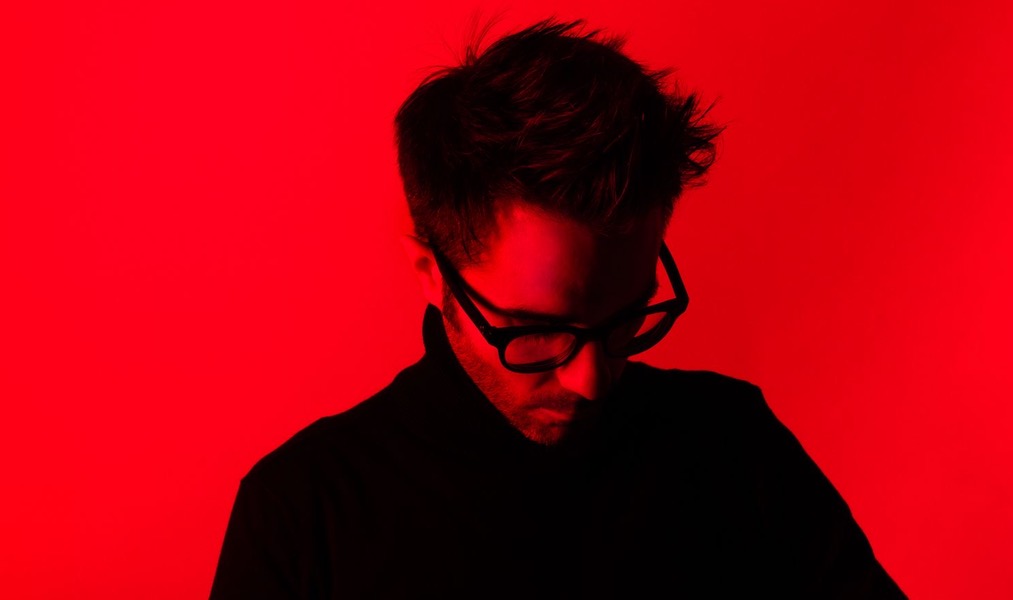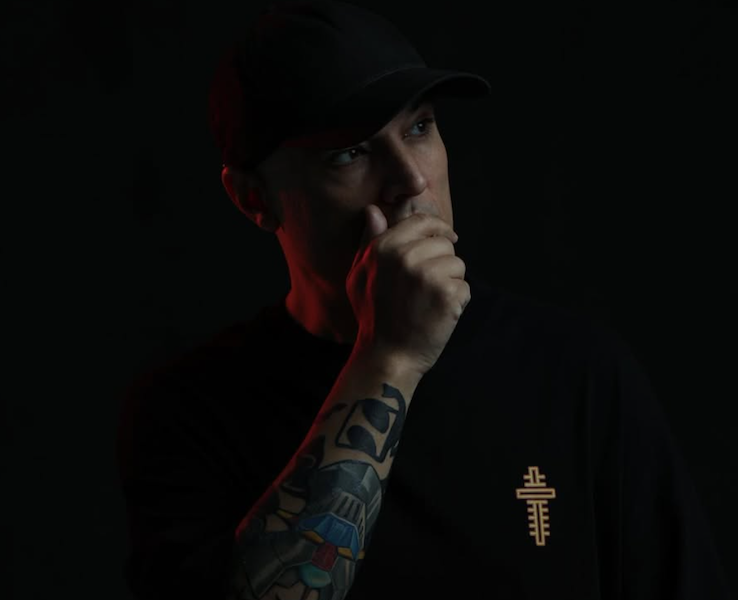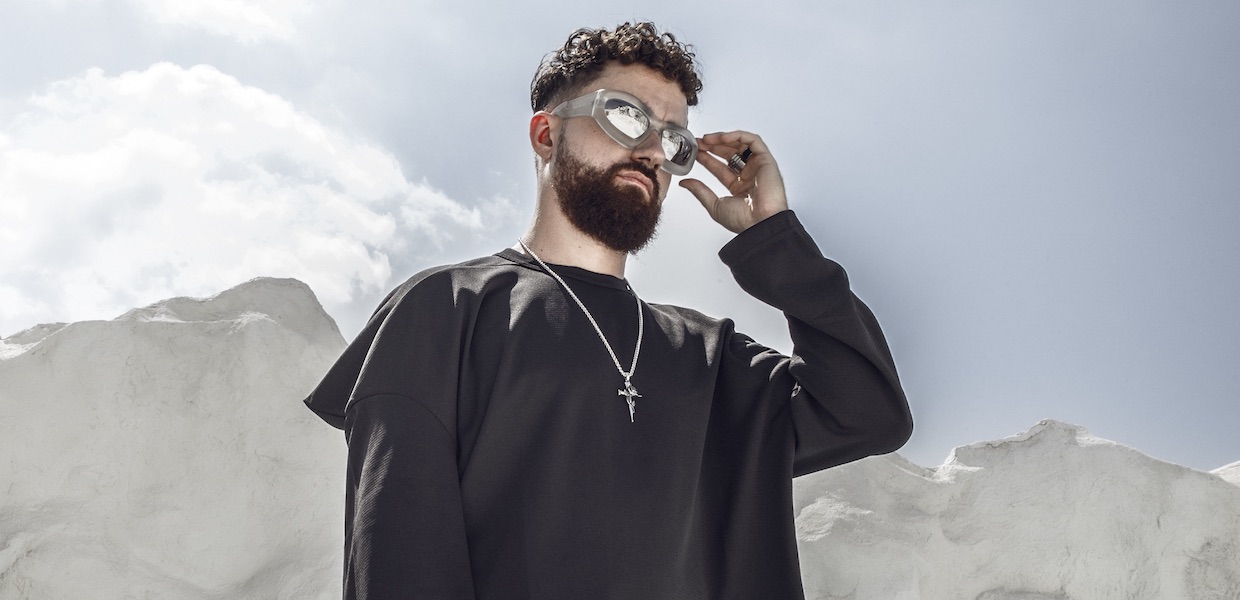After unveiling a brand new melodic techno masterclass last week, John Monkman joins us for the fifth episode of our Dip Studio Series. Here, the London-based artist demonstrates how to process and reverse a kick to give a drop its maximum effect, slicing the drums back in instantly to rock the dancefloor.
We also had a chat with John, where he answered some questions we had about his course, his artistic philosophy, the best way to craft your own musical identity, and more!
WWD: In your course, you talk about “The John Monkman process”, can you give us a bit of insight on what that philosophy consists of?
From the outset, it’s important to be present and in the moment. Whether that be in front of a pair of monitors or on headphones, you simply must turn up and make noise… a lot of it. Sometimes what you make isn’t always great, but this ritual is key.
WWD: For beginners, making music can seem like quite an overwhelming process, do you have particular bits of advice for aspiring producers who are just getting started?
Try and be as clear as you can on what it is you hope to achieve.
It’s very easy to just go onto Loopmasters, and grab some loops from a specific genre sample pack. But it’s far more rewarding, for example, to try and re-create a groove that you’re drawn towards from scratch! This process of deconstruction is where mistakes will happen, and is where things start to get interesting, and where ultimately, you begin to discover and develop techniques, that importantly – are true to you.
WWD: There’s obviously a ton of educational content available online for people looking to get into music. What are a couple things you think make your teachings the most valuable?
I’ve worked hard to bring the viewer watching this course deep inside my process, and to really show the inner workings of what makes the music what it is. This in itself is a very personal experience, and is what makes this course unique – it’s the journey I’ve been on and what I’ve absorbed along the way. On a simple level, that could be creating a drum track, mixing it in the studio, then playing it out to a hungry dancefloor and experiencing the energy first hand that the music creates. Hearing your productions out of a festival rig is a powerful experience (and very revealing) in hearing what you ‘could do’ or ‘should have done’ with regards to the choices you make in the studio.
WWD: You chose to build a hybrid course that incorporates two different DAWs, Logic and Ableton. Why is that so? Would you recommend one over the other to someone who’s just starting out?
When I first started out I was a Logic user and have used it for around 20 years. However, over the last 6 years Ableton has also been at the core of my workflow. There’s no right or wrong answer here. I simply have some projects that were started in Logic and some in Ableton. For example; I like the built-in arpeggiator in Logic more than in Ableton – I find it’s tighter and responds better, so sometimes if I want a specific arpeggiated sound, the track will begin in Logic. But that works the other way too – if I’m cutting up and warping audio, then I prefer Abelton’s workflow and may start there.
I could have used just one DAW for the course, however I thought it would be good and also fun to do it in two, so people would come away with the understanding that it isn’t really about which DAW you use, and that great results can be made with either.
WWD: For aspiring producers who don’t necessarily have the deepest pockets, what should be the priority gear-wise when building a bedroom studio?
A good monitoring system i.e yours speakers or headphones is key – when you can hear what’s going on, you will make better decisions. A comfortable chair is also important.
WWD: In a past interview, you mentioned that even a 909 drum roll can suggest a melody. Is it often how it pans out for you, drums, then melody, or does it really depend on the track?
It’s not an exact science therefore It really depends – sometimes there are writing sessions where the melodic idea doesn’t work or come together as I’d hoped, but during that process I make an interesting drum section and vice versa. In an ideal world the two happen simultaneously, but often I find myself taking ideas from different projects/sessions. This is also why it’s important to keep track of your ideas, as you never know when ‘that loop’ may have its day!
WWD: For many years now, you’ve had pretty successful collaborations with the legendary Pete Tong, what do you think is the key to that musical relationship?
It’s always a great atmosphere when we’re working on music together. It’s funny looking at how these things begin – we’ve now released 6 songs together! What is key, is that every time we get together we’re bringing in what we’ve experienced from our own independent journey throughout the music world and then combining these ideas together, in the studio.
WWD: Aside from the masterclass, what can we expect from you in the coming months?
I put pause on many releases planned for 2020, as with the pandemic in full swing the timing just felt odd. We are by no means in the clear, however I am pressing the green light on a few releases in 2021 which I’m happy about. I’ll be releasing an EP on Beesemyer Music in the coming months, but before that my next collaboration with Pete Tong titled ‘Ecstasis’ is coming out on Maceo Plex’s Label, Ellum in March.
John’s masterclass is available now here on Bessemyer music.
Follow John’s Instagram here.
